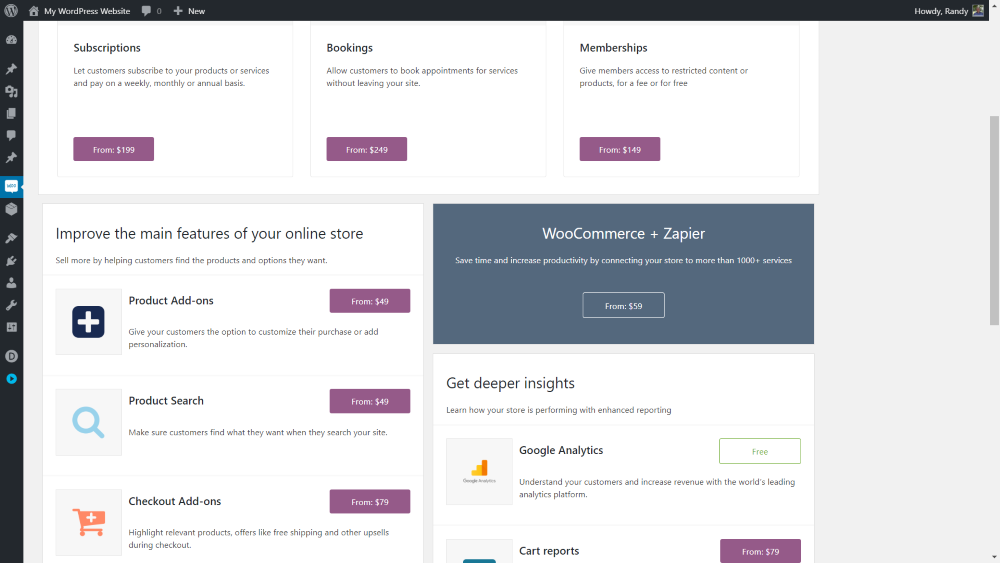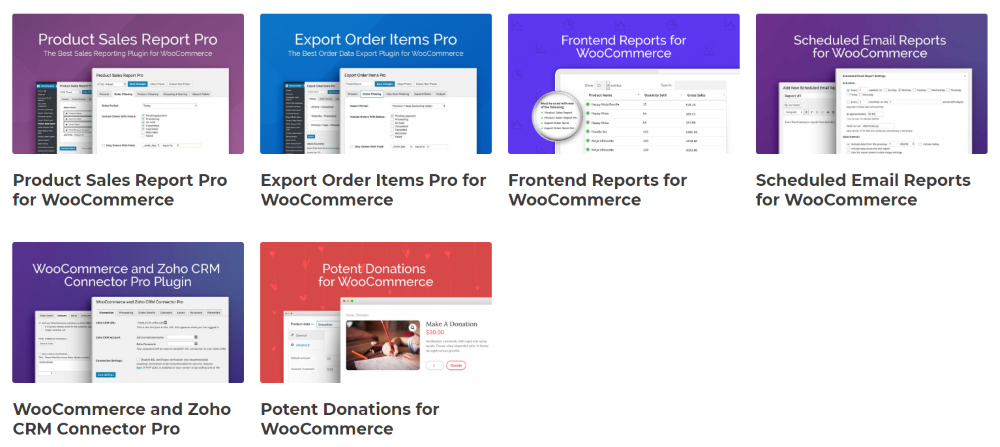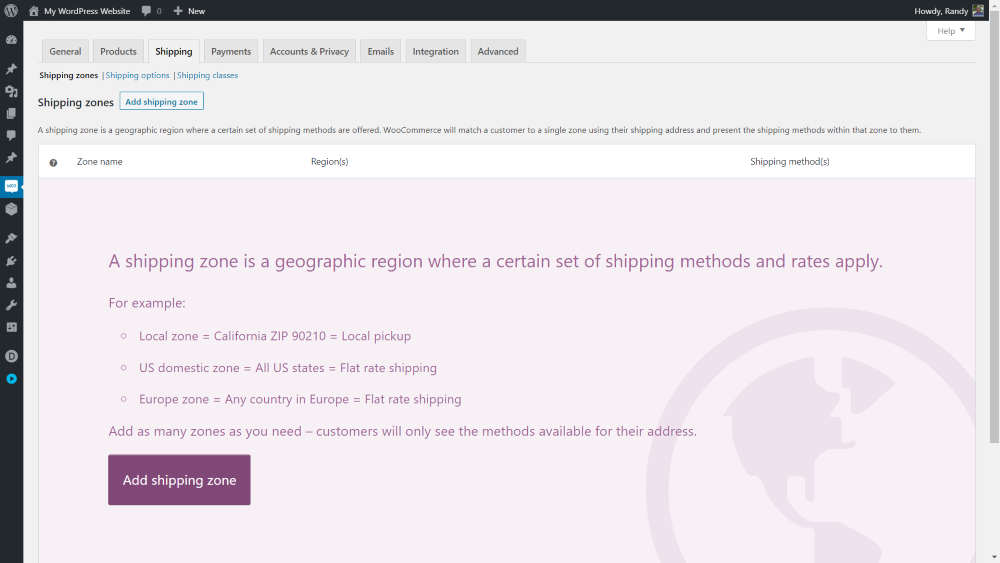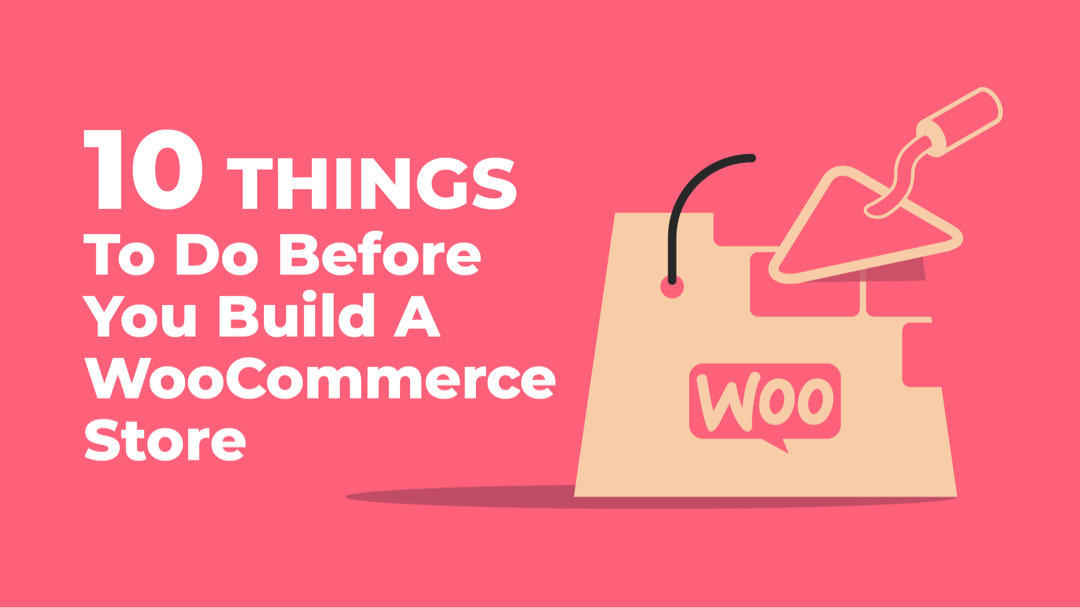Divi is an excellent theme to build a WooCommerce store. WooCommerce integrates well and Divi has lots of cool features designed specifically for WooCommerce and online stores. It can be tempting to jump in and get your website started, but it’s not always easy to know what needs to be done. It’s easy to leave things out not think it through, which can cost more to change later.
Fortunately, following a list can help ensure you’ve completed the tasks you need to in order to get your store started correctly. To help you get started in the right direction, we’ll look at ten things to do before you build a WooCommerce store.
Hosting
You need high-quality hosting that can meet traffic demands. The best hosts have server-side caching and CDN to deliver the content from the closest location. Hosting should be fast-loading and easy to work with. It should also be easily scalable so you have room to grow. Many good hosts include backups and security.
For more information about WordPress hosting, see the hosting information page at Divi Space.
Branding
Branding includes everything from your domain name to the colors, fonts, and graphics you use. All of these elements help build your brand identity and set your store apart from all the others. Elements to focus on include:
- Store name
- Domain name
- Logo
- Colors
- Fonts
- Supporting graphics (buttons, icons, etc.)
- Tagline
It helps to create a style guide for all of your printed and digital materials. It will specify the design for all of these elements and help ensure that your invoices, newsletters, etc. work together to promote your brand.
Theme and Design

Your theme and design will determine the layout of the store. Divi is the best choice for building your WooCommerce store, but there are a lot of options for the design. You can build it from scratch, but to save time and get a professional design you can use a premium layout or child theme.
For example, Divi eCommerce includes 2 different homepage designs, a custom sidebar, multiple product pages, lots of WooCommerce pages, and more, all designed to drive sales.
Site Optimization
Your site needs lots of optimizations to stand out from the crowd. Here’s a look at the most important optimizations.
SSL Certificate
All websites need SSL, but it’s even more important with eCommerce sites. SSL is crucial for safe business. An SSL certificate marks your website as HTTPS, which shows that it has a secure connection between the server and the user’s browser. This keeps hackers from intercepting credit card information. Many hosts include SSL certificates for free. Google prefers HTTPS sites and marks HTTP sites as not secure, so it’s also better for SEO.
Security
It’s crucial to keep your website safe for your visitors. A website that isn’t secure can be open to hacking, malware, and more. Use a security plugin to keep your website and content secure. Security plugins like Wordfence create firewalls, let you block malicious activity, users, IPs, and more. Use two-factor authentication for your login. Always use secure passwords.
Backups
Keep up-to-date backups of your designs and content. A site can crash or get hacked and you can lose your content. If something does happen to your site you can reload the backup and be back online quickly. It’s better to have a backup and not need it than need a backup and not have it.
Store backups outside of your server in locations such as DropBox. UpdraftPlus is a great choice for creating backups and storing them offline or with other storage services.
Speed
Speed up your site by optimizing your images and using cache.
WP Squish is a free plugin that compresses images and gives you control over the quality. Smaller image file sizes help reduce the amount of server space and bandwidth your site uses and speeds up the delivery of those images across the web.
Divi Rocket is an excellent cache plugin that was designed specifically for Divi and includes browser caching, Divi-aware server-side caching, database optimizations specifically for Divi, Gzip compression, lazy loading, and more.
SEO
Search engine optimization helps visitors find your website. This is crucial considering the number of websites and online stores there are on the web. You’ll need to determine your target audience in order to use targeted keywords. Use plugins like Yoast SEO to build in the best search engine optimization possible. It also includes tools to analyze your content to help improve your writing quality.
Customize WooCommerce with Add-ons

WooCommerce is highly expandable. When designing your store you’ll also want to consider adding features that help both on the frontend and the backend. Don’t’ just add features just to have them. Add features that are the most useful for your needs.
You’ll need to create several elements including:
- WooCommerce sales pages
- Product page design
- Store information pages
- Product categories
- Product photography
- Product details
- Pricing structure
WooCommerce Plugins

There are lots of plugins that create reports to gain insights into product sales, customer activity, allow you to take donations, etc. Adding these features can help make your store more profitable. WooCommerce plugins from the Aspen Grove Studios shop include:
- Product Sales Report Pro for WooCommerce
- Export Order Items Pro for WooCommerce
- Frontend Reports for WooCommerce
- Scheduled Email Reports for WooCommerce
- Potent Donations for WooCommerce
- WooCommerce and Zoho CRM Connector Pro
Collecting and Handling Money

There are lots of ways your site will handle money including during checkout, billing for recurring payments, adding tax, shipping, etc. You’ll need to accept payments and charge the correct fees. You’ll need to decide:
- Payment methods – credit cards, offline payments, bank transfer, and PayPal are popular options.
- Payment gateways – PayPal and Stripe are the most popular options. This might require a merchant bank account, which can take a few weeks to set up. This will help you to know if you need to purchase extensions for the payment gateways and determine the cost of sale.
- Fees – this includes membership fees, handling, etc.
- Taxes – you’ll need to know the tax rate for your location.
- Returns – decide if you will offer returns, the rules for the returns, and if you’ll charge restocking fees.
Shipping and Delivery Methods

You’ll need to decide how you will ship or deliver your physical products. Digital products, of course, won’t need shipping options. You’ll need to determine:
- Shipping methods.
- Shipping locations – determine if you will ship locally, only in your country, specific countries, or global.
- Shipping carriers – this will show you which shipping extensions to purchase.
- Shipping rates – this will include the carrier’s costs plus any handling and packaging fees you want to charge locally.
- If you will offer free shipping.
- If you will offer pickup.
Social Media Marketing
Social media is a proven method of driving traffic to your store. You’ll need to decide which social media platforms to focus on and spend time building your presence on those platforms. Creating pages and groups gives you an audience to market to. You can carry it further by purchasing ads on those platforms to market to your target audience.
Newsletter
An email list is one of the best marketing tools you can have. You can offer those on your email list special discounts, coupons, inform them of sales, introduce them to new products, inform them of company news, etc.
Building the list requires you to choose the best email platform for your needs. For more information about building your email list and choosing the right tools, see these articles in the AGS blog:
Google Analytics

Google Analytics is a key tool for gaining insights into your sales funnel, customer habits, and traffic sources. See what pages and products they look at the most, see the keywords they use to find your store, metrics such as conversion rate, sales by product or category, average order value, events such as add to cart and checkout started, and lots more.
There are lots of good plugins available that integrate Google Analytics with WooCommerce. One of the most popular plugins is WooCommerce Google Analytics Pro (as seen in the example above from the WooCommerce website).
Ending Thoughts
That’s our look at ten things to do before you build a WooCommerce store. It’s not that difficult to start a WooCommerce store, but there are a lot of things you can do before you start that can help your store succeed. Following these ten things will help point your store in the right direction from the beginning and save you a lot of headaches later.
We want to hear from you. What steps do you take before building a WooCommerce store? Let us know in the comments.


Thank you for sharing such good content with everyone, the image as well as the meaning it gives me, once again, thank you very much.
Thank you for sharing this article, the content is very helpful to me, the accompanying image is also good quality, hope to continue sharing in the next articles.
I think the site owner should consider protecting the products also. We met problems when buyers share the product links with others, and we -didn’t care about security- at that time- lost much.